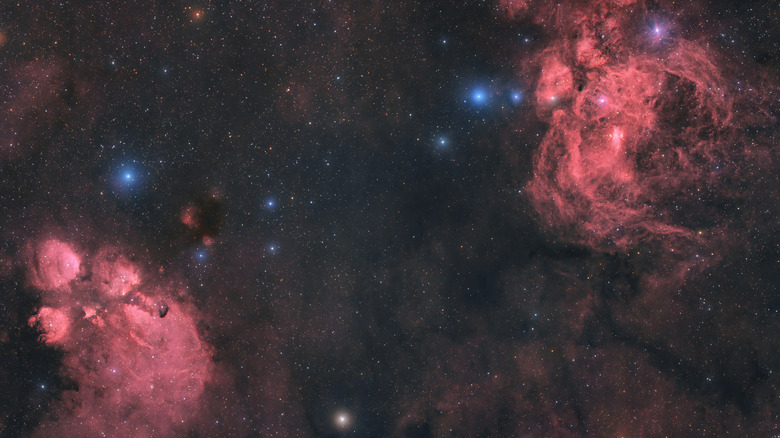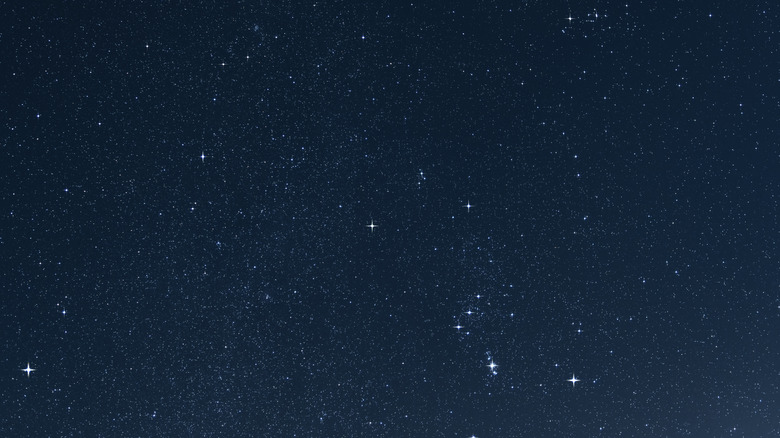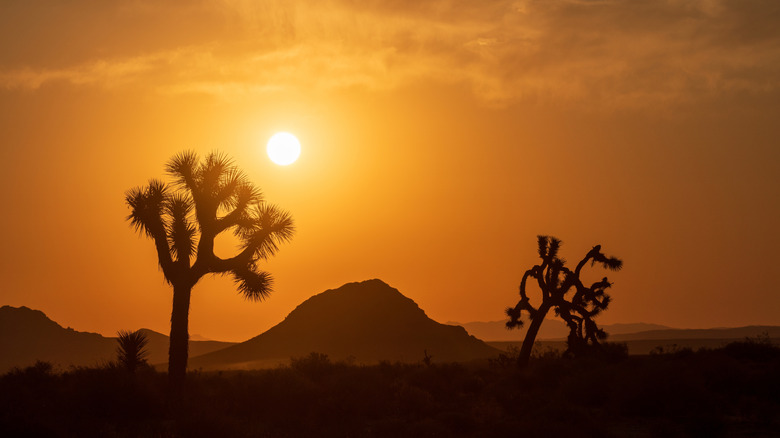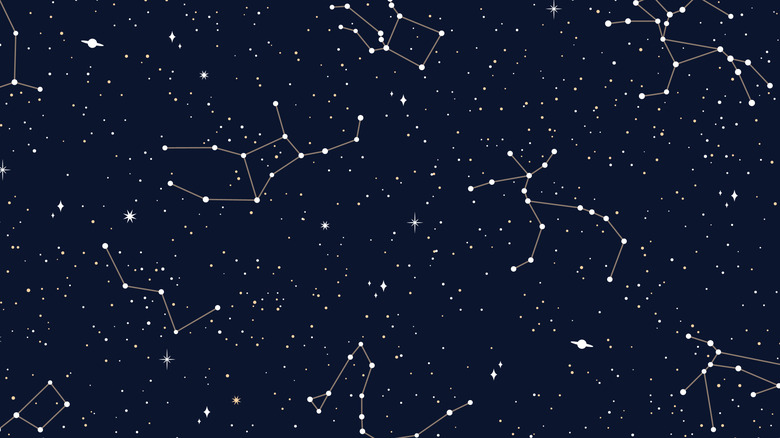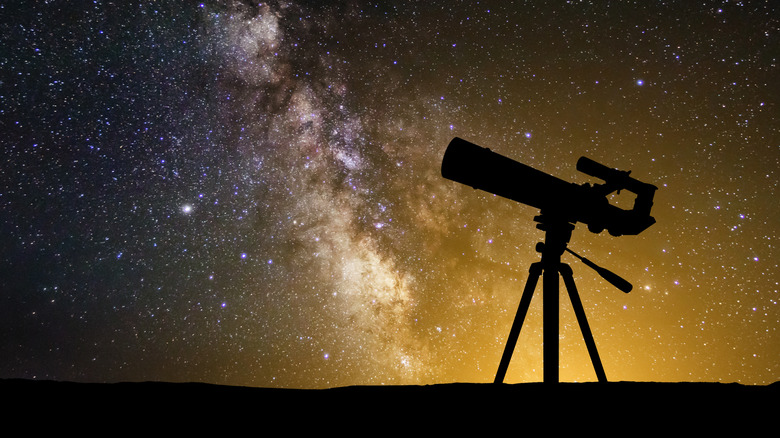Drone Or Star? These 4 Apps Will Help You Figure It Out
If you're new to astrology, sometimes it can be a bit tricky to know what you're looking at. Is what you're seeing overhead just a drone or one of the 200 billion trillion stars we can see throughout the universe? There are luckily a lot of astrology apps out there that help stargazers identify exactly what they're looking at, whether it be a star, planet, satellite, or comet. You'll never find yourself accidentally gazing at a drone instead of a celestial body again.
A lot of astrology apps will cost some money up front — especially for extra features — but it's worth it for astrology enthusiasts in the making that want all of the latest information and a stargazing community right at their fingertips. Whether it's projecting a planetarium on your ceiling or helping you know exactly when a planet will be in a certain position, here are some useful apps for identifying what's just beyond our atmosphere.
SkySafari 7
Identifying what you're seeing in the night sky is made easy and informative with SkySafari 7. The app contains plenty of information you can read ahead of each stargazing session, highlighting the best positioned objects and information on the moon and sun. Even the basic $4.99 version shows 120,000 stars, 222 well-known star clusters, galaxies, planets, and over 200 asteroids and satellites. If it's up in the sky and not a drone, SkySafari likely has it highlighted so you'll always be able to tell what you're looking at.
Another aspect of SkySafari that makes it stand out is its social capabilities, keeping you connected to other stargazers. This is done through a new feature called OneSky. This portion of the app lets you see what everyone else is looking at in real time — and you can also chat with users across the world as you do it. This keeps users connected even if what you're both seeing is totally different from each other.
PhotoPills
Astrology enthusiasts who also like to get photos of the out-of-this-world images they are seeing are drawn to PhotoPills. The app is all about planning the right time and place to see optimal visuals of the Milky Way, planets, moon, drone, meteor showers, eclipses, and more. You can decide where you want the moon, sun, or any other identified space object to be and the app will calculate when and where you'll need to be to get that specific shot. This means you'll always know exactly what's in front of you at every given time, making it difficult to confuse what you're seeing while using the app.
PhotoPills has a lot of great features that ensure your photo plans are organized. There's a To-Do List feature that allows you to clearly see all of your planned photoshoots. You can also tag places as a Point of Interest if you discover a great spot for space shoots while hiking or traveling. These features, along with the right astrophotography skills, will make your next photograph worthy of PhotoPill's $6,000 reward.
Night Sky 11
If you're looking for a very easy-to-use app, Night Sky is a great place to start stargazing. It's a simple and straightforward app that makes it easy to understand what you're seeing. The iPhone-only app works by simply pointing your phone up at the sky (even while inside) and an AR overlay of that area will pop up — check out some Android astrology apps here. There will be information icons next to objects you're seeing, allowing you to expand those and learn about what you're seeing. This makes it quite easy to know exactly what you're looking at, avoiding any confusion with what's in front of you.
Night Sky has a really neat function that shows a 360-degree view of the sky, even allowing you to see constellations and planets that are visible from far away countries. If you have the Plus version — which will cost money — you can use Planetary Portals to feel more immersed in the night sky. A recent review called the app "humbling," since you can really see just how small you are in the vast universe.
Stellarium
Stellarium calls itself an "open source planetarium," allowing astronomy lovers to explore the night sky while equipped with a ton of information. All known stars, deep sky objects, planets, satellites, and comets are identified, as well as even minor solar system objects like over 10,000 asteroids. These can all be seen with a high multi-resolution background, ensuring it's easier than ever to know exactly what you're seeing at all times.
Once you get more in tune with stargazing, Stellarium offers a lot of interesting features that help you better use telescopes. You can configure exactly how an object would look when using a telescope and even drive a compatible telescope through the application to get more specific results. The app will also help predict a celestial object's observability and movements so you can get ready to use your telescope at opportune times.
